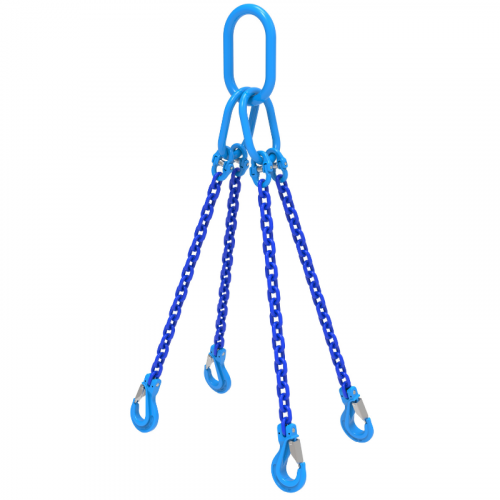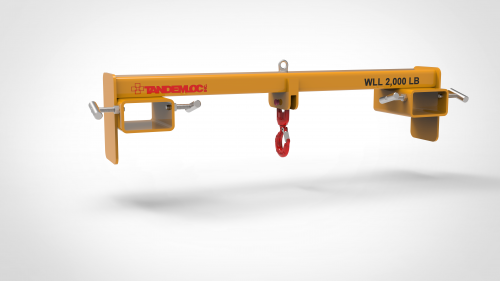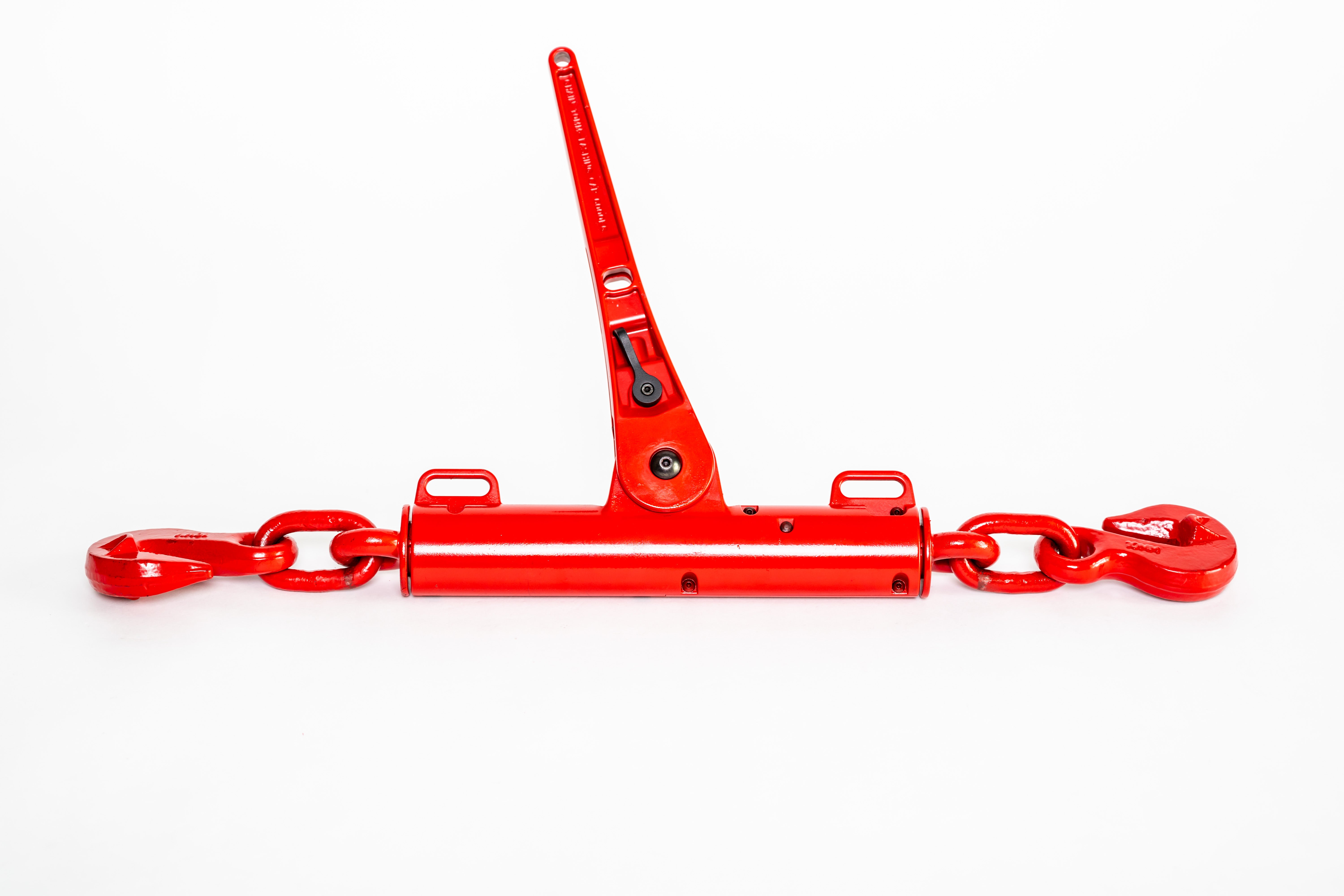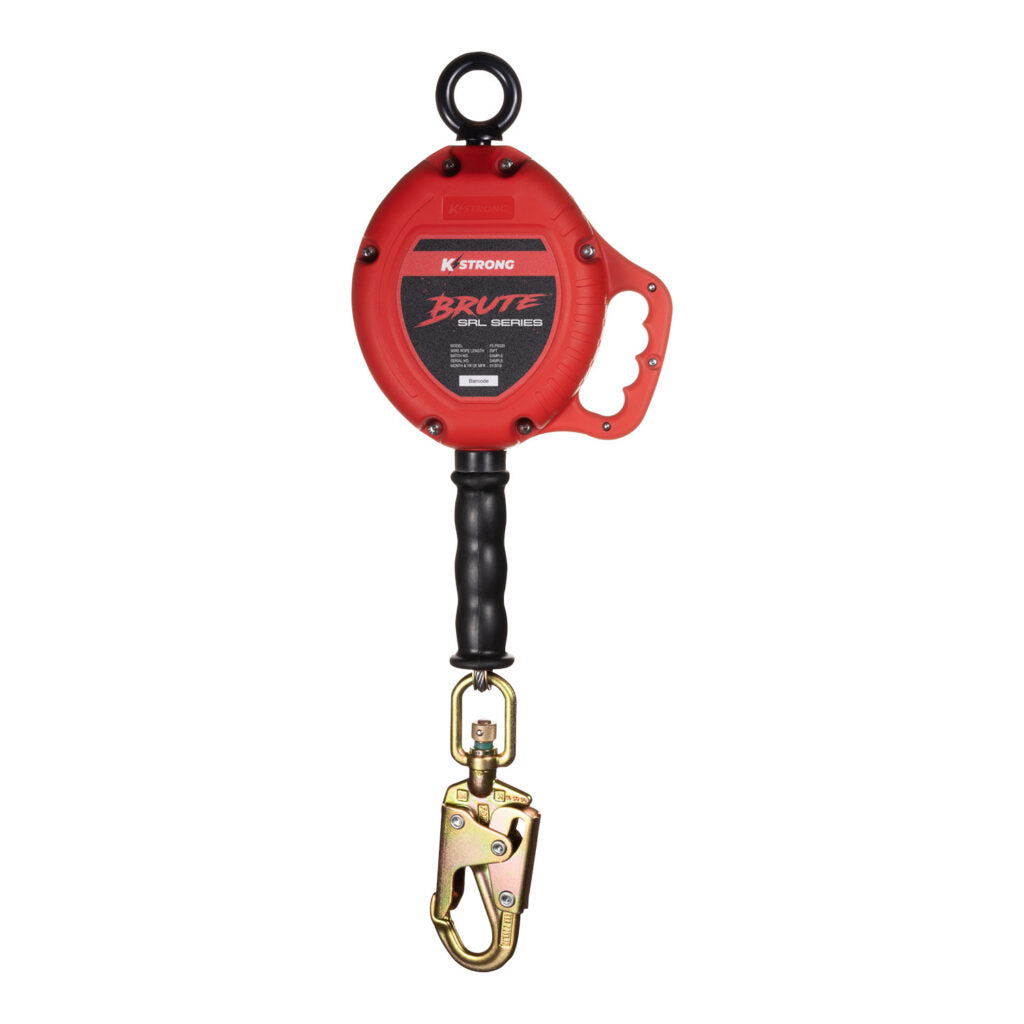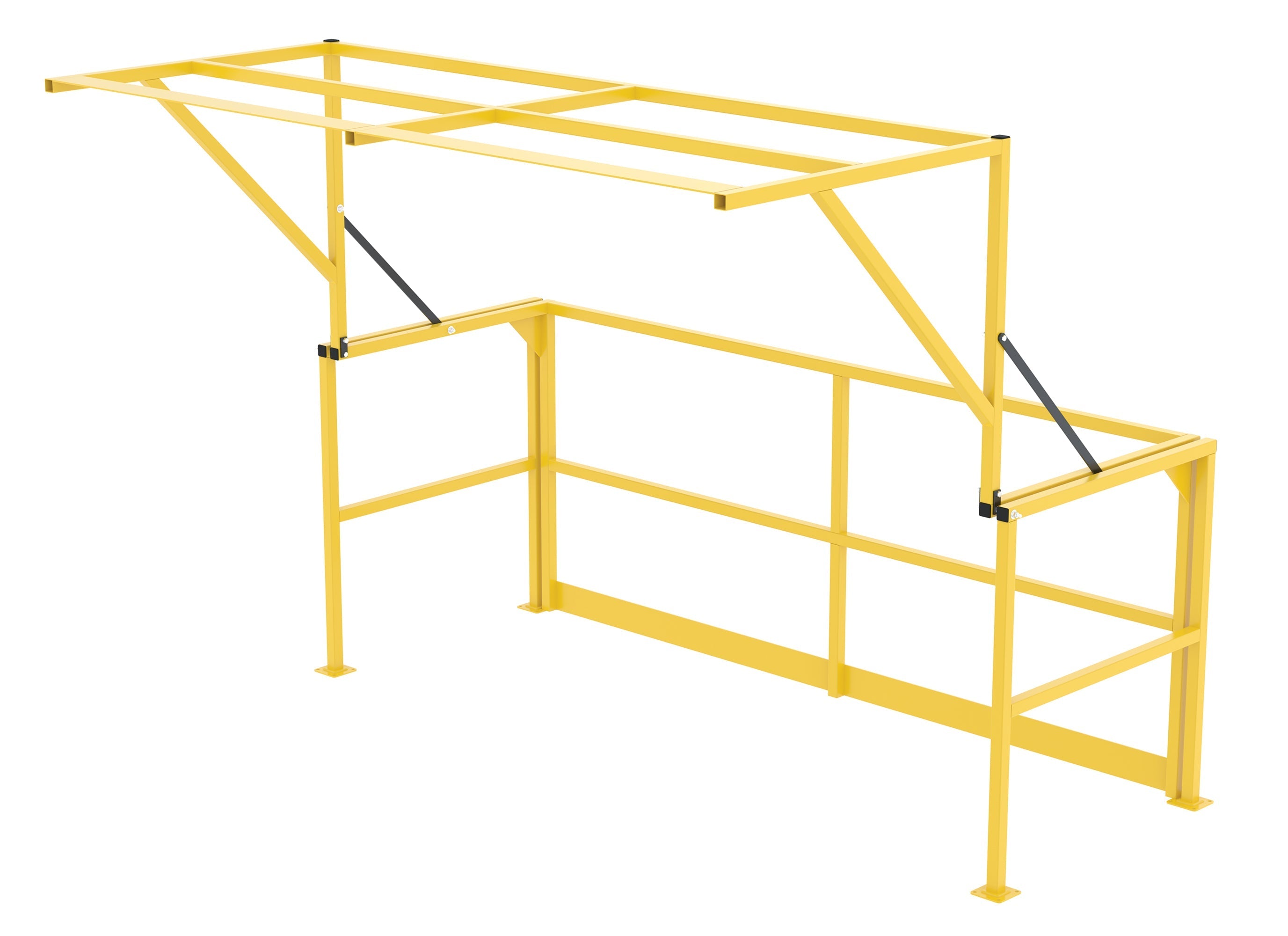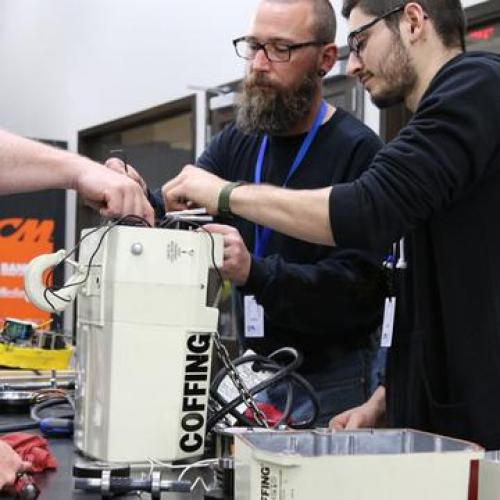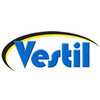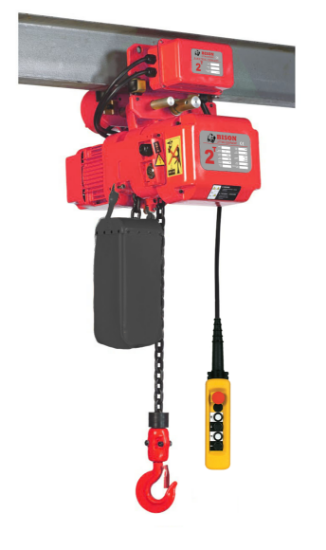In the intricate dance of lifting heavy loads, the Electric Chain Hoist emerges as a stalwart partner, seamlessly marrying power and precision. Join us on a deep dive into the world of Powered Hoists, uncovering their historical roots, their invaluable role in modern material handling, and the myriad features that make them indispensable in the world of lifting.
The Historical Roots:
The journey of hoisting can be traced back through the annals of history, where primitive systems of ropes and pulleys bore the weight of construction and industry. Fast forward to today, and the evolution has given birth to Electric Chain Hoists – a leap into a realm of efficiency and safety previously unmatched.
What is an Electric Chain Hoist?
A Motor Chain Hoist is a powered device designed for lifting and lowering heavy loads with precision and control. Unlike their manual counterparts, they leverage the power of electricity to handle substantial weights, making them a linchpin in various industries such as construction, manufacturing, and logistics.
Benefits to the User and Business:
1. Enhanced Safety:
Electric Chain Hoists are equipped with advanced safety features, including an electromagnetic brake system, ensuring that loads are securely held in place during both ascent and descent. This significantly reduces the risk of accidents and enhances overall workplace safety.
2. Operational Efficiency:
The electric power source translates to seamless and efficient lifting operations. With the ability to lift heavy loads effortlessly, automatic chain hoists optimize time and manpower, leading to enhanced productivity.
3. Precision Control:
Providing precise control over load positioning, these powered lifting machines are contributing to the meticulous execution of heavy handling tasks. This precision is crucial, especially in applications where accuracy is paramount.
Types of Electric Chain Hoists:
1. Single Speed Hoists:
Suitable for applications with consistent load sizes, single-speed hoists offer straightforward up-and-down and (if applicable) left-and-right functionality in one speed of motion.
2. Dual Speed Hoists:
Dual-speed hoists provide versatility by offering two different lifting speeds, a slow creeping speed for optimal precision and a fast running speed for normal operation. This is beneficial when extra precision is required for intricate lifting operations such as lifting glass or lining up two components in just the right place. Operators typically prefer to use twin-speed hoists for their smooth operation and advanced capabilities. Two speed functionality is only available in three phase hoists.
3. Single Phase Hoists:
Single-phase hoists are designed for applications where only a single alternating current (AC) waveform is available (in 115v and 230v). These hoists are suitable for smaller-scale lifting tasks and are often used in workshops, garages, or light industrial settings. They are characterized by their simplicity and versatility, making them ideal for scenarios where a three-phase power supply may not be readily accessible. Single-phase hoists are commonly used for tasks such as lifting and positioning loads in workshops or small-scale construction projects.
4. Three Phase Hoists:
Three-phase hoists operate on a three-phase power supply (230v or 460v), providing a more robust and efficient lifting solution for heavy-duty applications. These hoists are commonly found in industrial and construction settings, offering higher power output and consistent performance. Three-phase hoists are known for their reliability and ability to handle larger loads with ease. They are suitable for demanding lifting operations where precision and power are crucial. The three-phase power supply allows for smoother operation, reduced energy consumption, and increased torque, making them a preferred choice for heavy-duty lifting tasks in industrial environments. Only three-phase hoists can accommodate dual speed functionality and often draw fewer amps as well as typically being more cost-effective.
Advantages Compared to Manual Hoists:
1. Effortless Operation:
Electric chain hoists eliminate the physical strain associated with manual hoists, allowing operators to lift heavier loads with ease.
2. Consistent Performance:
Electric hoists maintain a consistent lifting speed, reducing the likelihood of human error and ensuring uniform performance across various tasks.
3. Reduced Fatigue:
With the automated lifting process, operators experience less physical fatigue, enabling them to focus on the nuances of the task at hand. Happy workers work faster and smile more!
Considerations When Purchasing:
1. Capacity and Duty Cycle:
Evaluate the weight of the loads to be lifted and the frequency of use. This determines the required capacity and duty cycle of the hoist.
You may be wondering: What is a duty cycle?
The duty cycle of a hoist refers to the ratio of active operating time to the total time in a given time period. It is expressed as a percentage and represents the duration the hoist can perform lifting tasks within a specific time-frame before requiring a cooling-off period.
For example, a hoist with a 50% duty cycle can operate for half of the designated time cycle continuously, while the remaining time is allocated for cooling to prevent overheating. Duty cycle is a crucial specification in selecting the right hoist for a particular application, as it directly impacts the hoist's capacity and lifespan.
Understanding the duty cycle is essential for maintaining optimal performance and preventing equipment fatigue. Choosing a hoist with an appropriate duty cycle ensures that it can handle the intended workload efficiently, reducing the risk of premature wear and potential breakdowns. Matching the duty cycle of the hoist with the demands of the lifting task is vital for safe, reliable, and durable material handling operations.
2. Lift Height:
Consider the maximum height the hoist needs to lift loads. This determines the length of the chain needed and the overall suitability of the hoist for the application. This is usually measured in feet in the United States.
3. Suspension Type:
When choosing a hoist for your application you should consider how it is suspended, will you require an integrated motor-driven trolley, or will is simply suspend from a hook mount and beam clamp? If a motor-driven trolley blows the budget, consider a manual beam trolley.
Special Features and Optional Extras:
1. Electromagnetic Brake System:
Standard on all powered chain hoists, this safety feature ensures that the load remains securely in place when the hoist is not in operation or in the event of a power failure.
2. Limit Switches:
Limit switches provide automated control over the upper and lower travel of the load, preventing over-travel and enhancing safety. These can be set and adjusted by the operator/installer and are ideal safety nets for applications where the load/hoist could be damaged by taking the hook too far up or down. Limits are often standard on hoists but it's best to check the specifications before purchasing to ensure yours includes them.
3. Radio Controls:
Wireless radio controls offer the convenience and safety of operating the hoist remotely, allowing operators to maintain a safe distance while retaining control. Sometimes wired pendant controls can be impractical due to the size of the load or distance the operator must stand and so remote controls can be the perfect solution.
4. Weather-Proofing Upgrades:
For outdoor applications or environments with exposure to the elements, weather-proofing upgrades protect the hoist from moisture and other environmental factors, ensuring longevity. These may include things like stainless steel load chains, bronze trolley wheels, heavy-duty gaskets, tropicalized motor components and drainage holes in the chain bag and more- we have many years of experience in supplying hoists for use outdoors and can advise based on your application- whether that be key-side in salty and corrosive air or simply outdoors in normal wet conditions, we have a solution for you.
The Bottom Line...
Motorized Chain Hoists stand as a testament to the seamless integration of technology and precision in the field of material handling. At Lifting Equipment Store USA, we offer a range of electric chain hoists tailored to meet the diverse needs of modern industries. Explore our selection today, and elevate your lifting operations with the efficiency and safety afforded by these hoists. It's not just about lifting – it's about lifting with precision and power.

